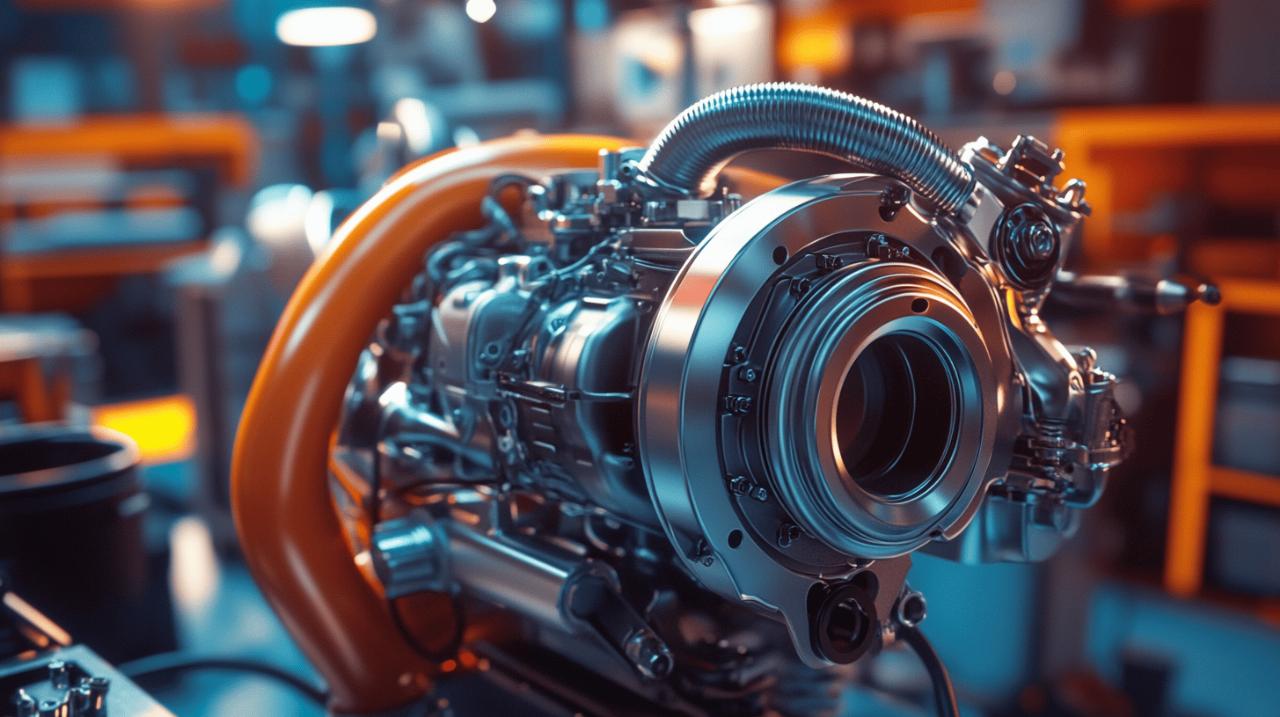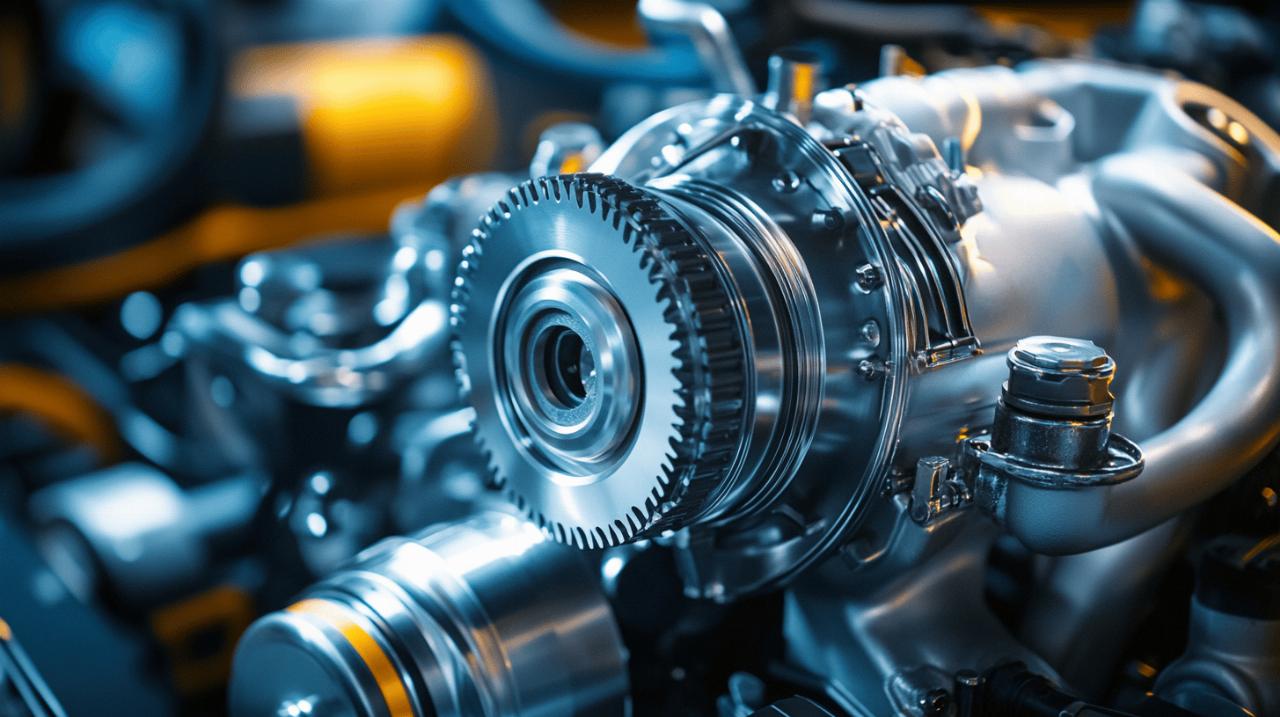Turbochargers have become increasingly common in modern vehicles, boosting engine performance while improving fuel efficiency. However, these complex components require proper maintenance to prevent issues like whistling noises, which can indicate developing problems. This guide will help you understand how to maintain your turbocharger effectively and recognise when professional intervention might be necessary.
Checking hoses and connections
One of the most common causes of turbocharger whistling is air escaping through compromised connections in the system. Regular inspection of these components can save you from costly repairs down the line and maintain optimal performance. Proper maintenance as recommended by automotive experts from https://www.auto-service-gall.de/ and other specialists can significantly extend the life of your turbocharger system.
Identifying loose connections
Begin your inspection by examining all the hoses and clamps connecting to and from the turbocharger. Over time, engine vibrations and heat cycles can cause these connections to loosen. Listen carefully for hissing sounds when the engine is running, as this often indicates air escaping from a connection. Pay particular attention to areas where the rubber hoses meet metal pipes, as these junctions are prone to developing gaps that create whistling noises under boost conditions.
Fixing Air Leaks in the System
Once you’ve identified a loose connection or leak, address it promptly to prevent damage to your turbocharger. Replace aged or cracked hoses rather than attempting temporary repairs. When reinstalling connections, ensure all sealing rings and gaskets are new rather than reused, as old gaskets rarely form a proper seal after removal. Tighten all clamps to the manufacturer’s specifications, avoiding over-tightening which can damage the hoses or connections.
Inspecting the compressor wheel
The compressor wheel is a critical component of your turbocharger system, responsible for pressurising incoming air. Any damage to this delicate part can result in whistling noises and reduced performance. Regular inspection can help identify issues before they escalate into more serious problems.
Signs of Damage and Wear
Carefully examine the compressor wheel for any signs of physical damage, such as bent or broken fins. Even minor imperfections can create imbalance at the high speeds at which turbochargers operate, typically around 150,000 RPM. Look for discolouration that might indicate overheating or contact with foreign objects. Any unusual wear patterns on the wheel surface could suggest problems with bearings or oil supply that require immediate attention.
Cleaning techniques for optimal performance
Carbon and oil deposits can accumulate on the compressor wheel, affecting its aerodynamic properties and causing noise. Use specialised turbocharger cleaners rather than abrasive materials that might damage the delicate wheel surfaces. For light cleaning, a soft brush and approved cleaning solution can remove surface contaminants. Never attempt to clean the wheel while it’s installed in the vehicle, as cleaning agents could enter the engine intake system.
Examining the turbine wheel
The turbine wheel operates in the extremely hot environment of exhaust gases, making it susceptible to specific types of damage. Understanding what to look for when examining this component can help identify potential issues before they cause whistling noises or performance problems.
Common damage patterns to look for
Heat stress is a primary concern for turbine wheels, so examine yours for signs of cracking or warping, particularly along the edges of the fins. Foreign object damage from exhaust manifold fragments can create imbalance and noise. Carbon buildup from exhaust gases can also affect the turbine wheel’s balance and efficiency. Check the turbine housing for cracks or warping that might allow exhaust gases to escape, creating whistling sounds.
When to replace rather than repair
Unlike some components, turbine wheels generally cannot be repaired once damaged. If you observe any cracks, missing material, or significant imbalance, replacement is typically the only viable option. A new or reconditioned turbocharger unit costs between £150 and £200 for many common UK vehicles, making it an investment in your vehicle’s longevity rather than just an expense. Many suppliers offer warranties of 1-2 years on replacement units, providing peace of mind.
Maintaining turbocharger bearings
The bearings in your turbocharger allow the shaft connecting the turbine and compressor wheels to spin freely at extremely high speeds. These precision components rely on proper lubrication and cooling to function correctly and avoid making whistling noises.

Warning signs of bearing failure
Excessive shaft play is a primary indicator of bearing wear. You might notice this as a wobbling motion when gently pushing the shaft from side to side. Whistling or whining noises that change with engine RPM often indicate bearing issues. Oil leakage from the turbocharger housing suggests seal failure, which typically accompanies bearing problems. Blue smoke from the exhaust when accelerating can indicate oil entering the exhaust system through worn turbo bearings.
Professional bearing replacement guide
Bearing replacement is a specialised task best left to qualified professionals with the proper tools and experience. When seeking a specialist, look for workshops with specific turbocharger expertise rather than general mechanics. The procedure involves complete disassembly of the turbocharger in a clean environment, precise balancing of components, and careful reassembly with exact torque specifications. Many garages offer this service alongside ECU remapping to optimise engine performance with the refreshed turbocharger.
Managing oil supply and drainage
Proper oil flow is essential for turbocharger operation, providing both lubrication and cooling. Problems with oil supply or drainage can lead to premature bearing failure and the development of whistling noises under operation.
Preventing oil blockages
Regular maintenance is crucial to prevent oil blockages in your turbocharger system. Change your oil and filter according to manufacturer guidelines or more frequently if you drive in dusty conditions or make many short trips. Ensure oil feed and return lines are free from kinks or restrictions that might impede flow. Clean the oil feed ports when replacing a turbocharger, as debris can accumulate there and restrict oil flow to the new unit.
Optimal oil types for turbocharger longevity
Using the correct oil specification is critical for turbocharger longevity. Modern turbochargers require oils with specific high-temperature stability characteristics to withstand the extreme heat they generate. Fully synthetic oils generally provide better protection for turbocharged engines than conventional mineral oils. Always follow the vehicle manufacturer’s recommendations for oil viscosity and specification, as these are tailored to your specific engine’s requirements.
When to seek professional help
While some maintenance tasks can be performed by knowledgeable car owners, certain symptoms warrant professional attention. Knowing when to seek expert help can save you from more extensive damage and costlier repairs.
Diagnostic tests worth paying for
Professional boost pressure testing can identify performance issues not apparent during visual inspection. Shaft play measurement requires specialised tools to accurately assess bearing condition. Endoscopic examination allows mechanics to view internal components without complete disassembly. Electronic diagnostic scanning can identify issues with wastegate actuators or electronic boost control systems that might contribute to whistling noises.
Finding a qualified turbocharger specialist
Look for specialists with specific training and experience in turbocharger systems rather than general automotive repair shops. Verify that they offer comprehensive warranties on their work, typically 1-2 years for turbocharger replacements. Ask about their diagnostic capabilities and whether they have the specialised equipment needed for proper turbocharger assessment. Many reputable specialists offer 24-hour delivery on replacement units and maintain business hours that accommodate working professionals, such as early morning openings and Saturday service.

